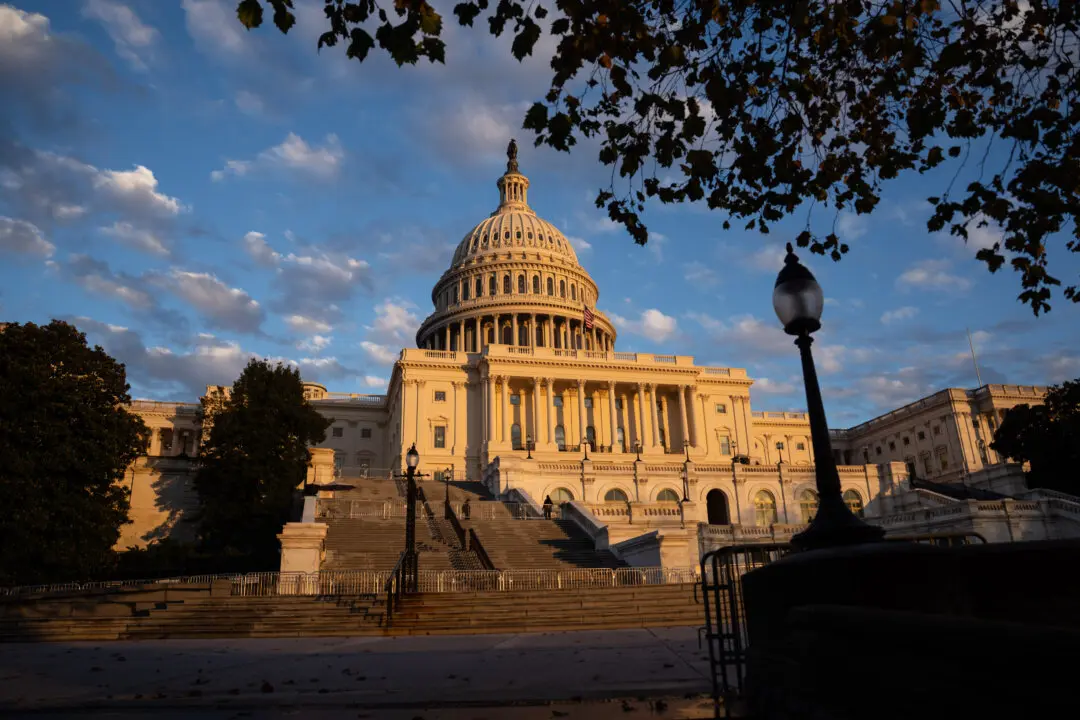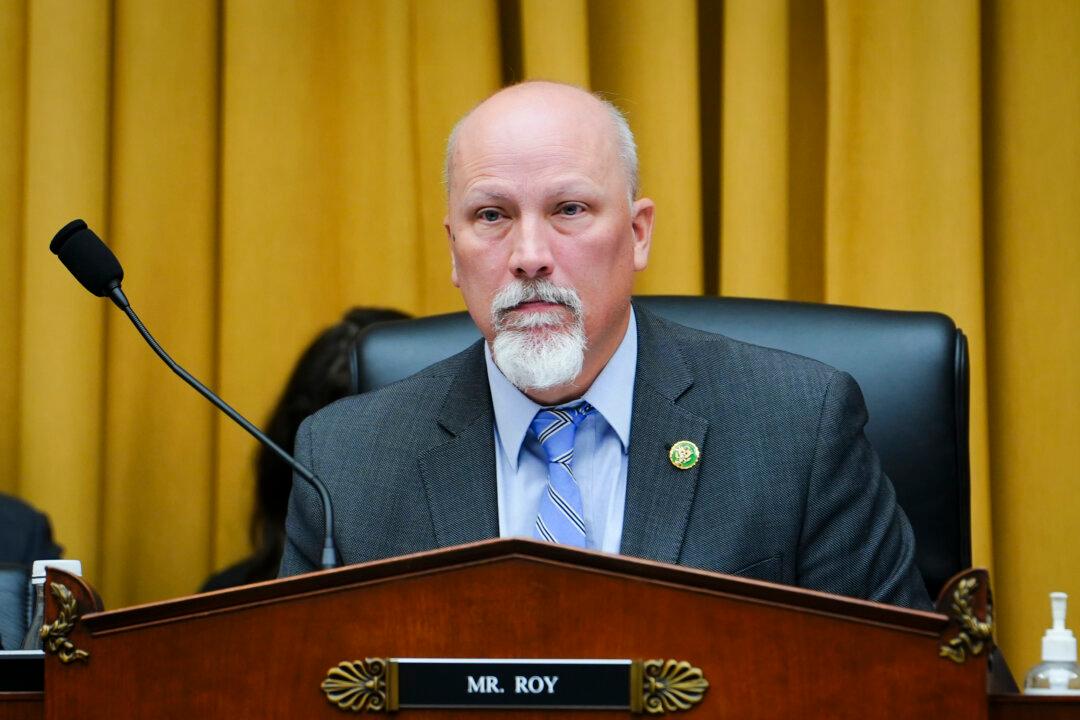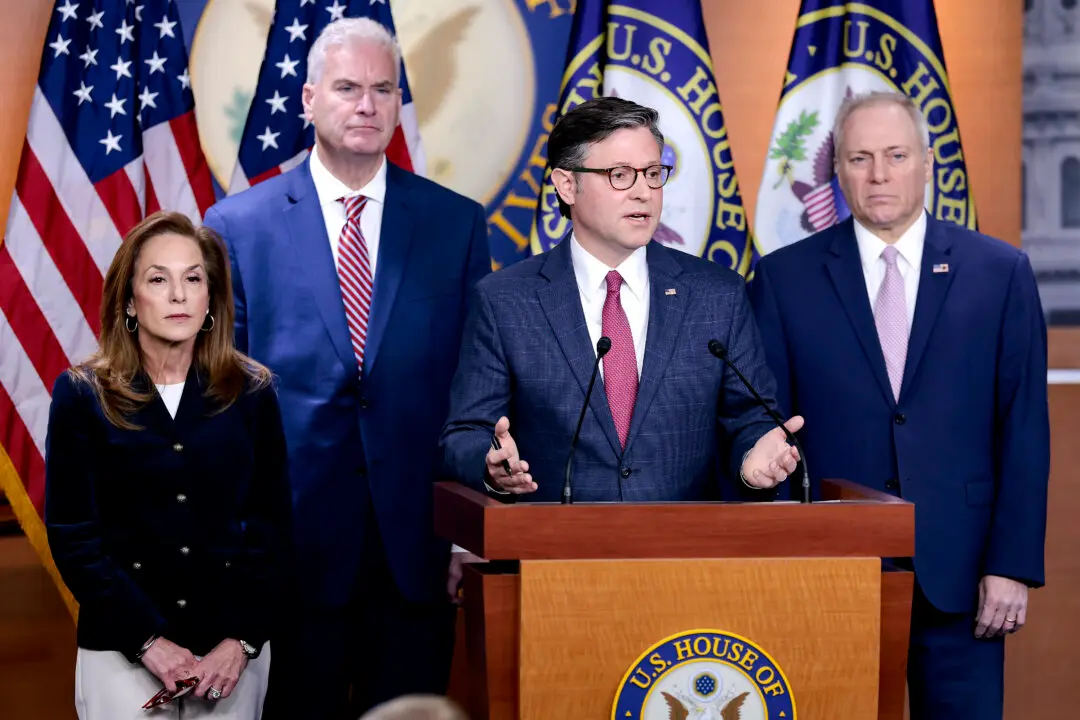House Republicans have warned that implementing the toughest U.S. rules for power plant emissions may imperil Americans’ access to affordable and reliable electricity.
“We’re starting down a path to severe grid reliability challenges throughout the country,” said Rep. Bill Johnson (R-Ohio), chairman of the House Energy and Commerce Subcommittee on Environment, Manufacturing, and Critical Minerals, during a June 6 hearing.





